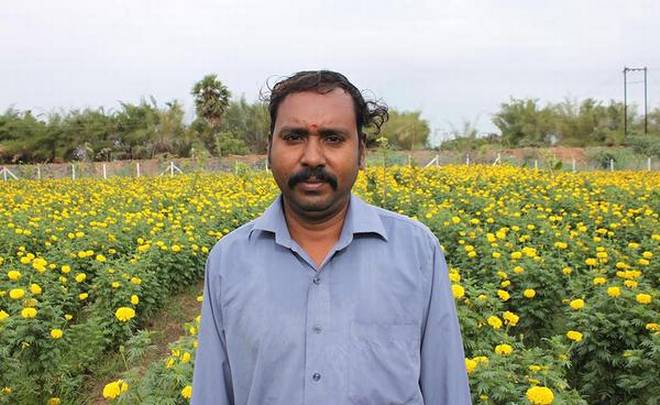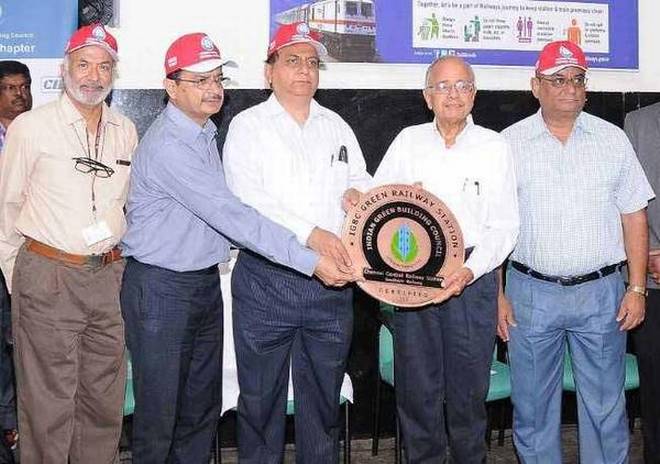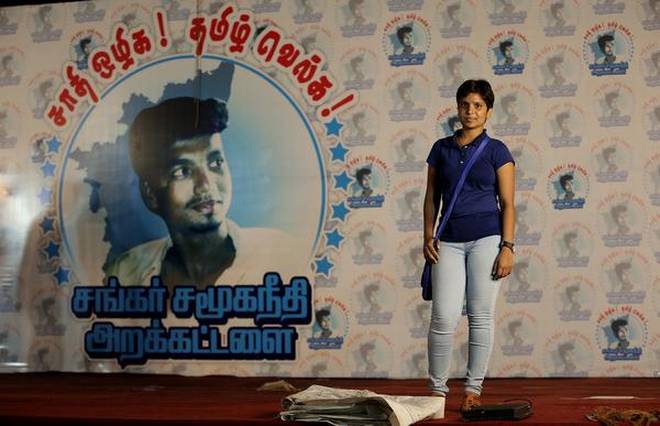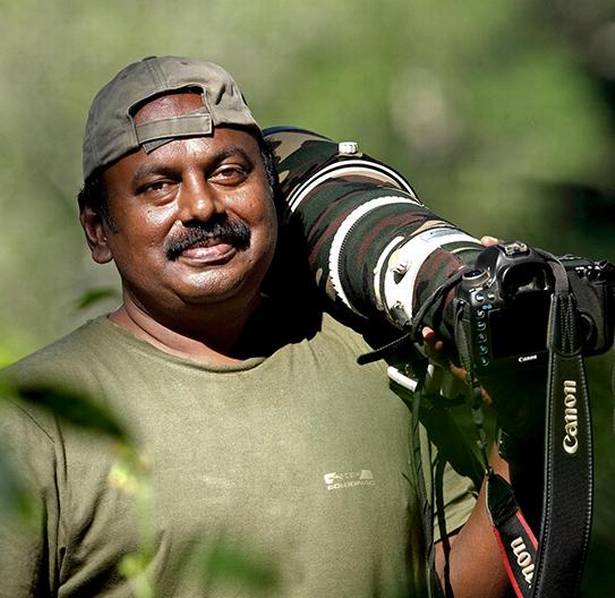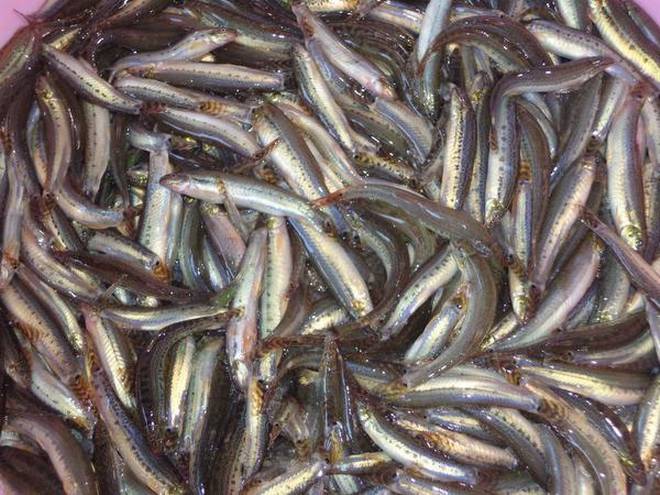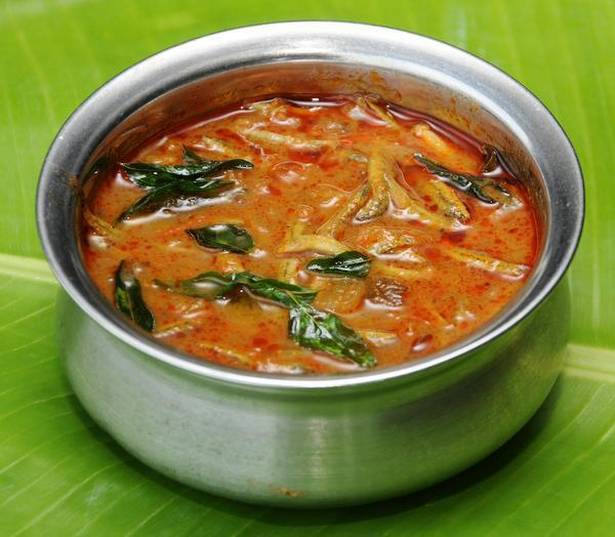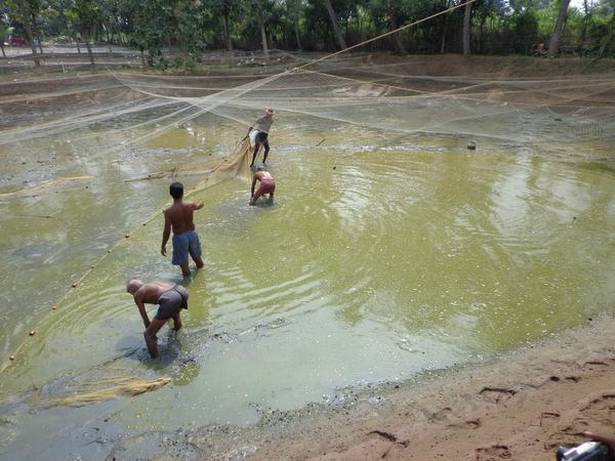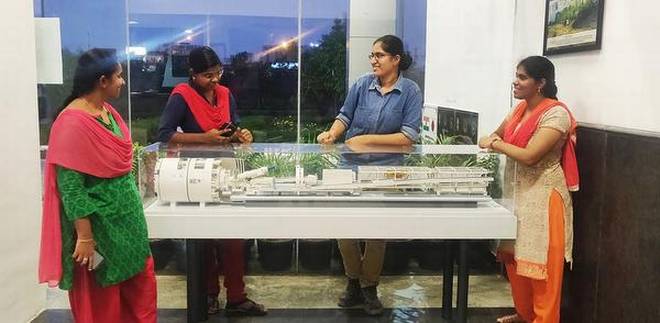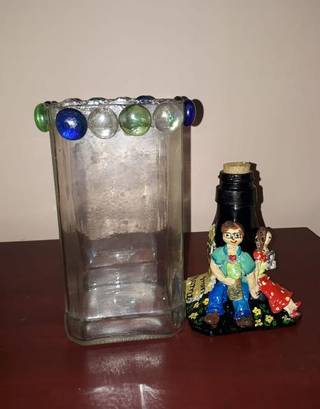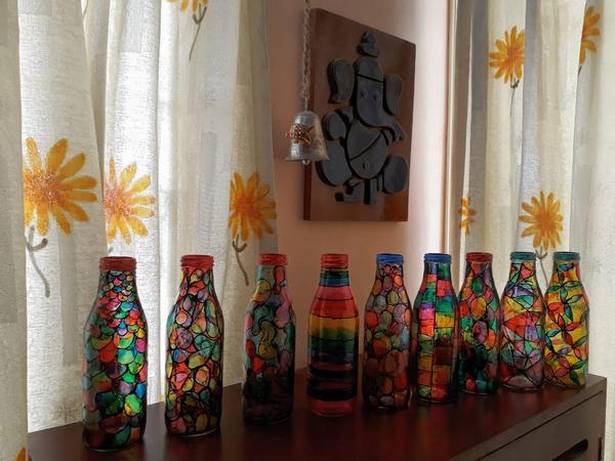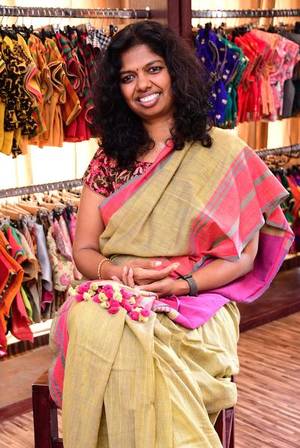
For all those tormented by ill-fitting blouses, Ravikkai offers hope
Swaroopa Muthusivan calls her line of blouses ‘Ravikkai’. And one has heard rave reviews from friends about the comfortable blouses she designs for them. A sari wearer knows how tiresome an ill-fitting blouse can be. One hitches, pulls down, tugs up and finally in despair draws the pallu right around to hide the offending garment. Just when I toy about ditching blouses in favour of tee shirts, I hear of Swaroopa.
I WhatsApp her an image of a simple, elegant and, importantly, not one of those skin-tight affairs. “Want one exactly like this one,” I text. “I get what you are looking for. It looks very comfortable and I can make a similar one for you,” she promises.
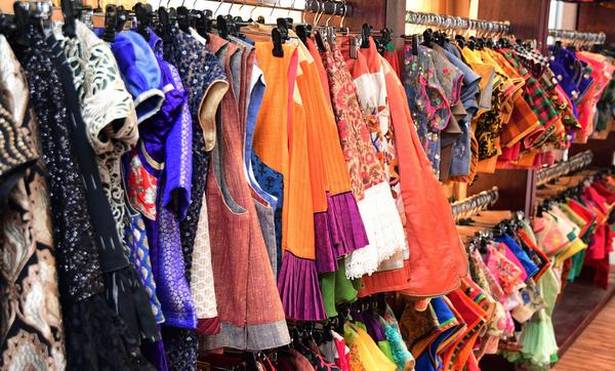
I show up at Tamarai, Swaroopa’s boutique in Coimbatore to be greeted by a blur of blouses! They hang in orderly rows, lie in piles on the counter top and on the floor where her team is putting finishing touches to them. “We are sorting them out for the exhibition in Bengaluru and Coimbatore,” she explains.
Her love for fabrics and tailoring goes back to when she was Std III. “During vacations, my mother took me along when she went to learn tailoring. As her teacher gave detailed instructions about how to fold the fabric, cut the neck, the armhole, etc. I hung on to every word.” Swaroopa loved these outings. She collected the scraps of material lying about, took them home and made clothes for her dolls following the teacher’s directions. When she was a little older and her mother brought a Singer sewing machine home, one of the first things she did was to de-construct a blouse. “I took it apart and then sewed it on together again,” she laughs.
The Ravikkai line hopes to end the less-than-perfect blouse problem once and for all. And to give old saris a new lease of life. “Just changing the blouse lends the sari a new look. So bring out all those wedding, valagappu and old Deepavali saris that are buried in the back of the cupboard and give them a makeover,” she says.
For the exhibition, Swaroopa has designed ready-made blouses to fit sizes 30 to 38 ranging from no-nonsense everyday wear to whimsical. “I have combined textures and embellishments. Each of my blouses is one of a kind. I do not mass produce.”
The blouses are embroidered (both hand and machine done), have frills and furbelows, decorative buttons, painted motifs and appliqué work. Chungdi, Ajrakh, Kalamkari… there are blouses in cotton, silk, in velvet and jute. Every kind of Indian fabric is experimented with and the results are dramatic.
Swaroopa also has semi-stitched blouses that need but a few minutes to become ready-to-wear.
The Ravikkai exhibition
What: The blouses are priced between ₹1, 200 and ₹10, 000. Gift vouchers are also available
When: October 2 to 9; from 11.00 am to 7.00 pm
Where: Tamarai Design Studio, 17, Sivaram Nagar, Sungam By pass
Contact: For more details, +91-9655793268; email tamarai.designstudio@gmail.com or visit www.facebook.com/TamaraiDesignStudio/
source: http://www.thehindu.com / The Hindu / Home> Life & Style> Fashion / by Pankaja Srinivasan / September 29th, 2018
